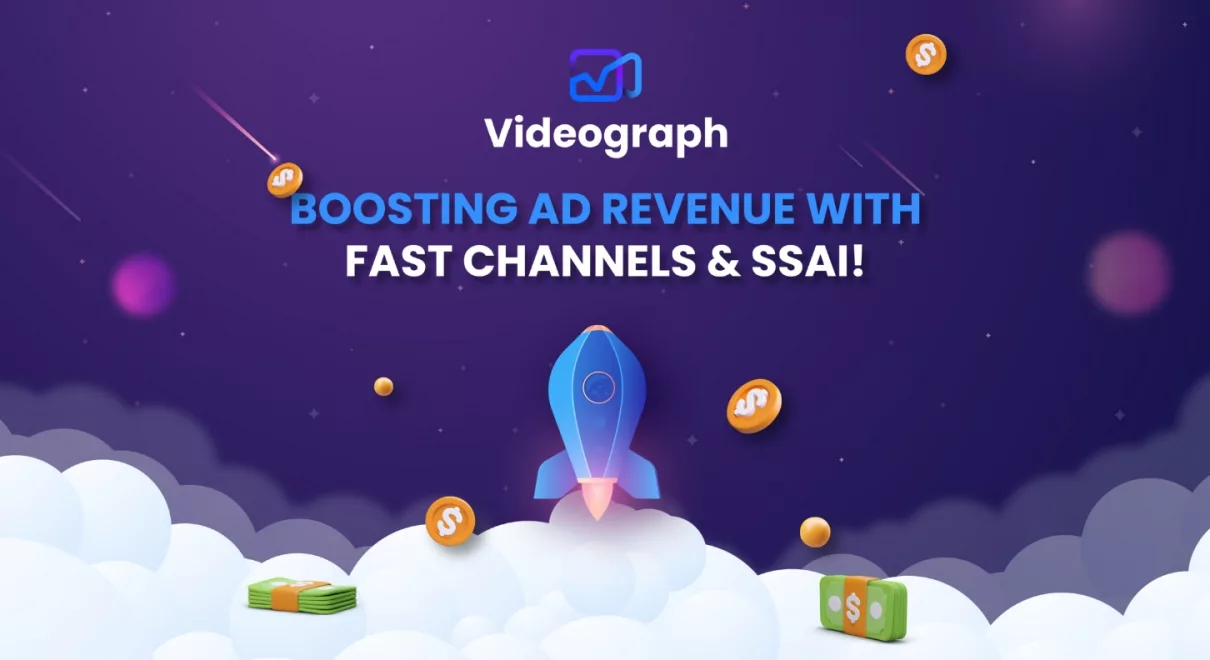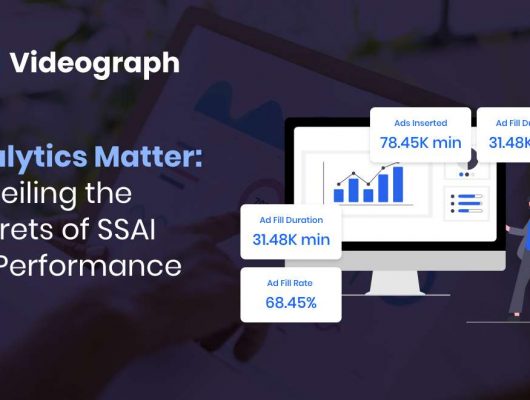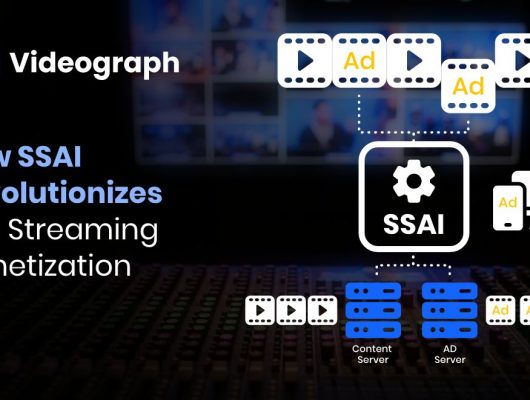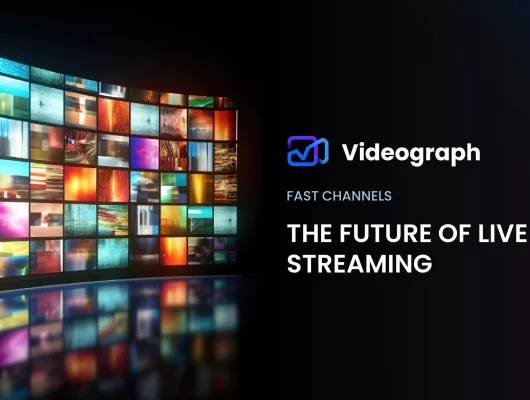In today’s rapidly evolving media landscape, Free Ad-Supported Television (FAST) channels and Server-Side Ad Insertion (SSAI) have emerged as powerful tools for content creators and advertisers alike. By leveraging innovative strategies, such as targeted advertising, dynamic ad insertion, and personalized content recommendations, media companies can maximize ad revenue and drive engagement. Let’s explore how FAST channels and SSAI can be used to boost ad revenue and monetize video content effectively.
Targeting Advertising
One of the most effective strategies for boosting ad revenue with FAST channels and SSAI is targeted advertising. By leveraging data analytics and audience segmentation, media companies can deliver ads that are tailored to the preferences and interests of individual viewers. This not only increases the relevance of ads but also improves engagement and conversion rates. Whether it’s demographic targeting, behavioral targeting, or interest-based targeting, the key is to deliver ads that resonate with the audience.
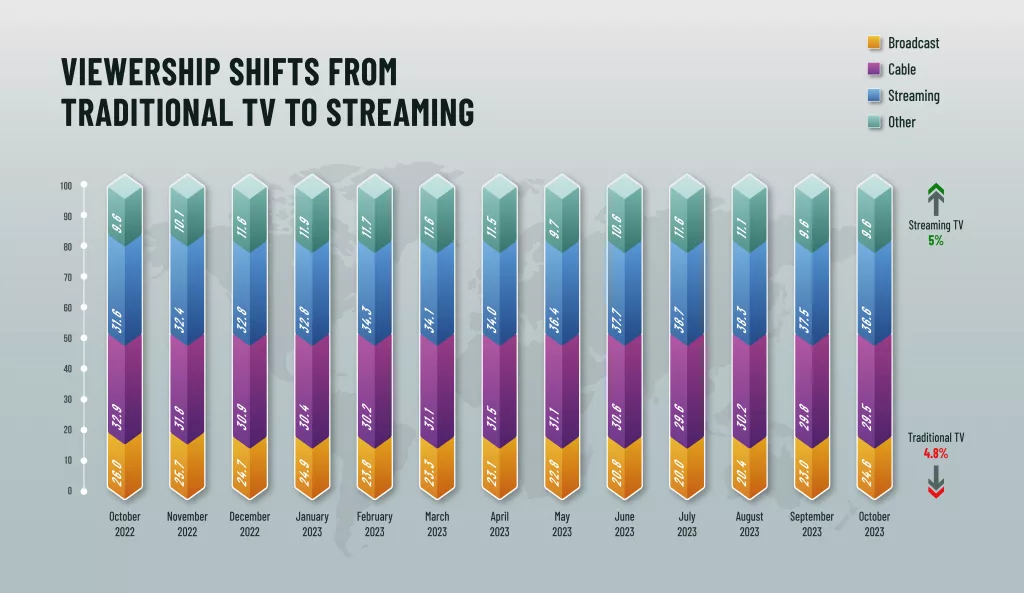
A comparative analysis of viewership data from October 2022 to October 2023 sheds light on the significant shift in preferences.The graph provides a visual representation of the transition from traditional TV to streaming, highlighting the evolving dynamics of the entertainment industry. As viewers embrace the convenience and flexibility offered by streaming platforms, the landscape continues to evolve, paving the way for a new era of digital entertainment.
Delivering Personalized ADs
In order to maximize your Ad revenue, it is a paramount to deploy a robust SSAI Ad workflow that could seamlessly stitch personalized Dynamic Ads into the FAST channels in realtime. Let’s dive little deeper into understanding the nitty-gritty of implementing an efficient SSAI Ad workflow for Ad personalization:
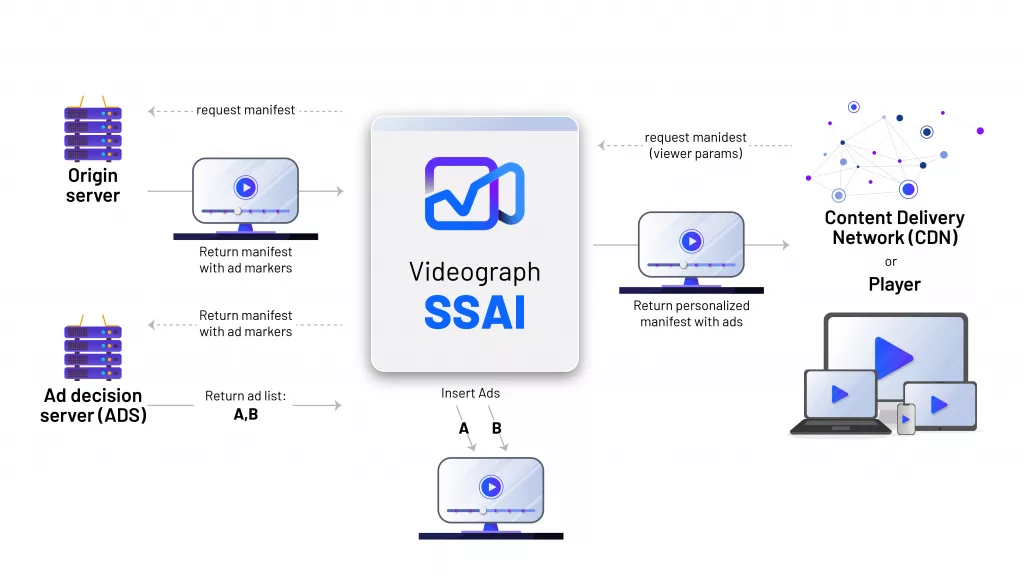
- User player sends a request to Ad engine for HLS or DASH content. The request contains parameters from the player with information about the viewer, which is used for ad personalization.
- To service the request, Ad engine retrieves the content manifest and ad specifications:
- Ad engine sends a request to the ADS that contains the viewer information. The ADS chooses ads based on the viewer information and current ad campaigns. It returns the ad URLs to VideoAdSSAI in a VAST or VMAP response.
- Ad engine manipulates the manifest to include the ads returned from the ADS, transcoded to match the encoding characteristics of the origin content. If an ad hasn’t yet been transcoded to match the content, Ad engine will skip inserting to prepare the ad so that it’s ready for the next request.
- Ad engine manipulates the manifest to include the URLs for the ads.
- Ad engine returns the fully personalized manifest to the requesting player.
Strategies for Success
To effectively monetize video content with FAST channels and SSAI, media companies should focus on implementing a comprehensive strategy that leverages targeted advertising, dynamic ad insertion, and personalized content recommendations. This may involve investing in data analytics and audience segmentation tools, partnering with ad networks and technology providers, and optimizing ad placement and delivery. By adopting a holistic approach to monetization, media companies can maximize ad revenue potential and drive long-term success.
Conclusion
In conclusion, FAST channels and SSAI offer exciting opportunities for media companies to boost ad revenue and monetize video content effectively. By leveraging strategies such as targeted advertising, dynamic ad insertion, and personalized EPG, media companies can maximize engagement, retention, and revenue potential. As the media landscape continues to evolve, embracing innovative monetization strategies will be key to staying competitive and driving growth in the digital age.


